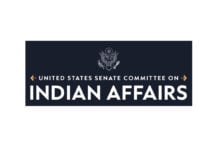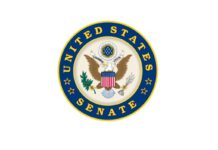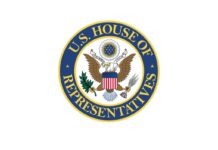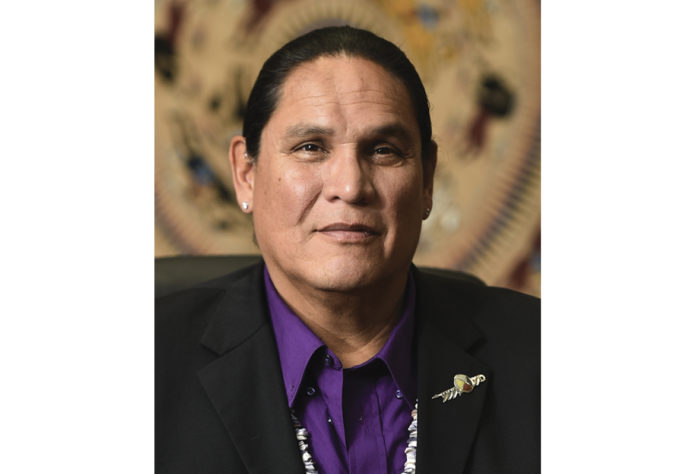by Ernest L. Stevens, Jr.
October 17, 2023 will mark the 35th anniversary of the Indian Gaming Regulatory Act (IGRA). However, more than three decades after its enactment, the history and purpose of IGRA is still too often misunderstood.
IGRA is not a federal program. It did not invent Indian gaming. Most importantly, IGRA did not freeze Indian gaming in time to the date of its enactment October 17, 1988. In fact, IGRA has fostered the steady evolution of Indian gaming over the past few decades.
The true history of Indian gaming stems from President Nixon’s 1970 address to Congress, which ushered in the federal policy supporting tribal government self-determination. A handful of tribes embraced this policy, opening the first modern day Indian gaming operations that worked to generate revenue for tribal government programs and services.
More than a decade later, the U.S. Supreme Court, in California v. Cabazon Band of Mission Indians, rejected legal challenges to Indian gaming lodged by state governments and some commercial gaming interests. The Court upheld the inherent sovereign right of tribal governments to conduct gaming free of state interference.
In 1988, states and commercial gaming interests enhanced lobbying efforts, pressing Congress to reverse the tribe’s victory in Cabazon. Over the objections of many tribal governments, Congress enacted IGRA on October 17, 1988 as a compromise that sought to balance tribal, federal, and state government interests.
While IGRA does require tribes to negotiate agreements or “compacts” with state governments to conduct Class III gaming, the Act is grounded in respect for tribal sovereignty and the status of Indian tribes as separate governments. IGRA’s primary purpose is “promoting tribal economic development, tribal self-sufficiency, and strong tribal governments.”
The Act is far from perfect, but tribal governments have made it work. Indian gaming today remains the most successful economic development tool employed by tribal governments, providing them a consistent and stable source of revenue that tribes have used to rebuild their communities.
Indian gaming is first and foremost about jobs. Nationwide, Indian gaming is a proven job creator, delivering over 700,000 American jobs in 2022 alone. Jobs generated by Indian gaming provide many Native Americans with their first opportunity to work at home on the reservation. Over the years, Native citizens have returned to reservations, drawn by increased employment opportunities and the many improvements that have resulted from resources provided by Indian gaming.
Our industry has begun to revitalize reservations nationwide. Tribal governments have used gaming revenues to improve housing, health care, education, infrastructure, and so much more. Because of Indian gaming, Indian lands are again becoming livable homelands, as promised in hundreds of treaties.
Like any industry, Indian gaming has evolved since the early days in the 1970s. In 1984, eighty tribes were engaged in gaming with estimated revenues in the tens of millions. At the time, most tribal gaming enterprises took place in temporary pop-up buildings or local tribal gyms. From these humble means, Indian gaming has responsibly grown to provide a steady source of governmental revenue for Indian tribes nationwide. In 2021, 243 tribal governments operated 510 gaming facilities in 29 states, generating $39 billion in gross revenue.
Indian gaming operations and the types of games offered, have also undergone continuous change since 1988. As noted above, IGRA has fostered that evolution. The Class II Indian gaming industry stood at the vanguard of these changes early on. Using IGRA’s text and its legislative history, tribes used advancing technology to broaden the types of Class II games employed in their operations. Tribes began to use electronic Class II machines that increased both the speed of the games and the participation levels.
However, for more than a decade, from the mid-1990s throughout the 2000s, the National Indian Gaming Commission and the Justice Department challenged this use of advanced technology. The agencies sought to use IGRA as a barrier to the evolution of Indian gaming, essentially seeking to freeze the types of games tribal governments could use to those offered in 1988.
The federal courts uniformly rejected these attempts to freeze Indian gaming to the games used in 1988. Most of the court decisions cited the congressional report to IGRA. That report acknowledged that Congress “rejects any inference that tribes should restrict Class II games to existing game sizes, levels of participation, or current technology. The Committee intends that tribes be given the opportunity to take advantage of modern methods of conducting Class II games and the language regarding technology is designed to provide maximum flexibility.”
Like Indian gaming, the national gaming industry has considerably changed since IGRA’s enactment. In 1988, few non-Indian legal gaming operations existed outside of Nevada or Atlantic City, NJ. In the 35 years since, twenty additional states have legalized land based commercial gaming within their borders.
The most sweeping change in the national gaming landscape has taken place in just the past five years. In May of 2018, the Supreme Court in Murphy v. National Collegiate Athletic Association struck down the Professional and Amateur Sports Protection Act – the federal law that prohibited all forms of sports betting in the U.S. outside of a handful of grandfathered exceptions. The newly legalized sports betting industry has brought the online or mobile gaming industry with it. In the nearly five years since Murphy, at least 35 states and the District of Columbia have legalized sports betting, with at least 20 offering some form of online sports wagering.
The Indian gaming industry is likewise evolving to address this changing landscape. In recent years, dozens of tribal governments have added sports wagering to Indian gaming operations. The issue of whether tribes can operate online sports betting is a topic of ongoing debate. Some existing online gaming operators look to freeze Indian gaming in time to the date of IGRA’s enactment in their attempt to prevent tribal governments from participating in this emerging market.
These arguments yet again ignore that Congress intended IGRA to foster the evolution of Indian gaming, providing tribes the maximum flexibly to take advantage of modern technology. They also ignore the longstanding fact that Indian gaming has never been strictly limited to Indian lands. For example, off-track betting has always been an integral part of Indian gaming. While the races may take place off Indian lands, the wagers are accepted at Indian gaming operations.
It is not a stretch to likewise recognize that tribes can work with states through the compacting process to clarify that tribal gaming operations can accept mobile wagers from outside of Indian lands where the server is located on Indian lands. This view reflects this modern understanding of how to regulate online gaming. Multiple states have enacted laws that deem a bet to have occurred at the location of the servers, regardless of where the player is physically located in the state. Tribal governments are leading this debate, empowered in part by IGRA and the compacts that tribes have carefully negotiated.
As the Indian Gaming Regulatory Act reaches another milestone, we acknowledge the Act’s limitations, but also embrace the benefits embedded in IGRA. This forward-looking law, at its core, is grounded in respect for tribal sovereignty that provides the flexibility to empower Indian gaming operations with the ability to grow with modern advances in the industry.
Ernest L. Stevens, Jr. is Chairman of the Indian Gaming Association. He can be reached by calling (202) 546-7711 or visit www.indiangaming.org.












































